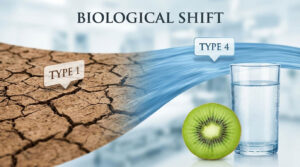Modern world trends have made it mandatory for most of us to treat our taste buds with exotic flavors every now and then. The proportion of increased appetite to that of the nutritional value meal has taken a serious curve in the recent years. Whatever you eat or drink needs to be broken down by your body in order to make it available for energy production. Also, expelling the waste out of the body is of prime importance failing which causes accumulation and increase in toxic that affects the body. This esteemed job is done by the pair of kidneys, whose function is to maintain salt and water balance, and filter blood, removing metabolic waste products from the body and produce urine








